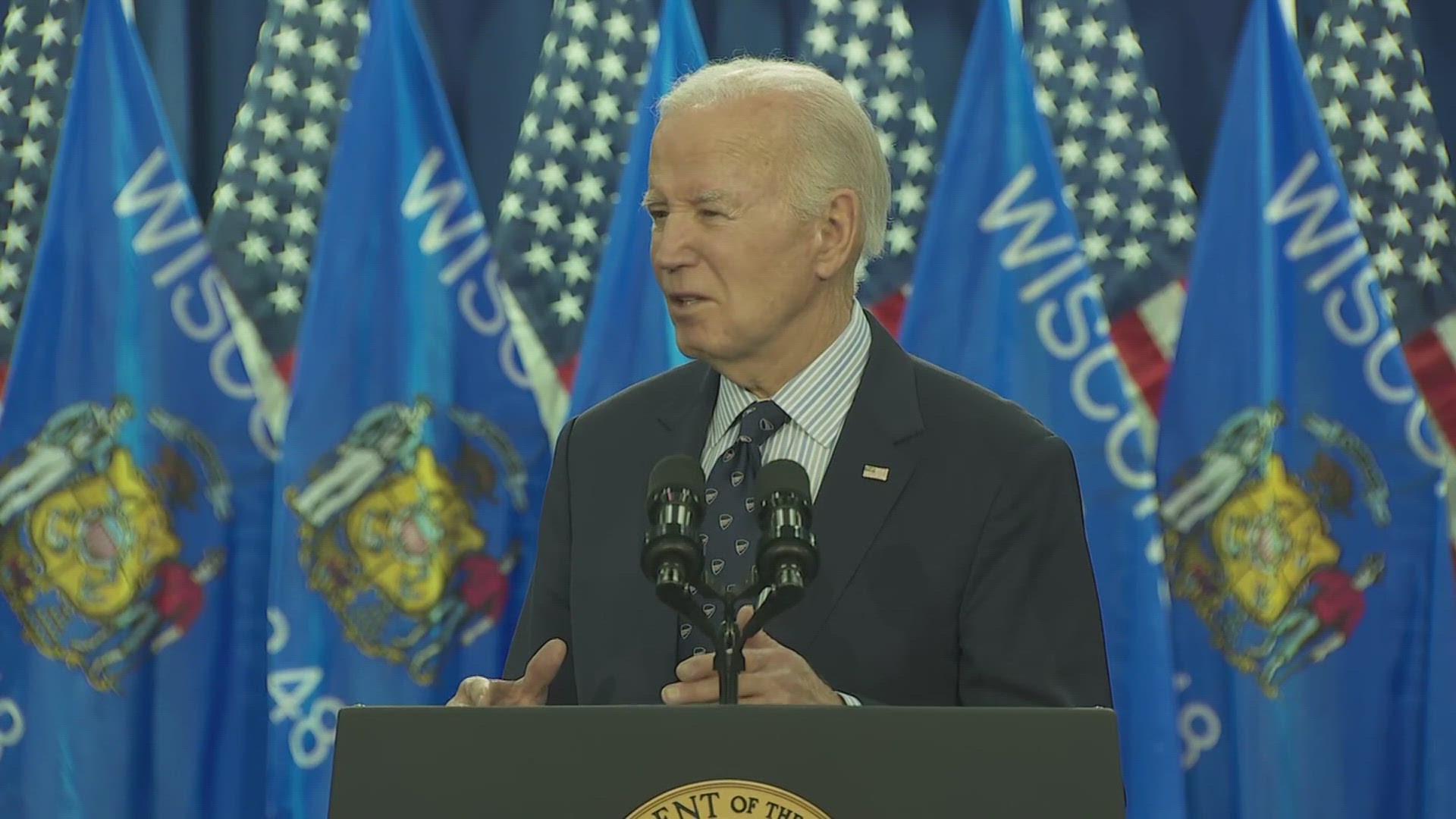NASHVILLE, Indiana — Hoosier Democrats will convene virtually at the end of this week to officially nominate Dr. Woody Myers for governor, Linda Lawson for lieutenant governor, and either State Sen. Karen Tallian or former Evansville mayor Jonathan Weinzapfel for attorney general.
They gather with the most favorable tailwinds for the party since Barack Obama carried Indiana’s 11 Electoral College votes in 2008. National polls have Joe Biden leading President Trump, by 14% in a CNN poll earlier this week, while 80% in a Wall Street Journal/NBC poll said the country was “spiraling out of control.”
Indiana has endured 2,100 deaths to the COVID-19 pandemic, a 16.9% jobless rate due to the coronavirus shutdown, and after the police murder of George Floyd in Minneapolis, dozens of Hoosier cities have responded with mostly peaceful rallies in support of Black Lives Matter after initial spates of violence in downtown Fort Wayne and Indianapolis.
So this year should be good for Indiana Democrats. While current events would appear to be in the INDems’ wheelhouse, history is not. Of the 19 statewide races of the past decade, Indiana Democrats are just 2-17, or winning just 11%.
The gubernatorial nominee, Dr. Myers, reported just $376,692 in total contributions on his April 15 pre-primary report, a mere $22,155 cash on hand, and no recent large donations (compared to $7.1 million for Gov. Eric Holcomb’s reelection committee). The party controls around 20% of county offices (around 10% of county commissioners), just two of 11 federal seats, none of the six Statehouse constitutional offices, and has been mired in super-minority status in the General Assembly since 2014.
Arguably its most conspicuous rising star, former South Bend mayor Pete Buttigieg, opted for the 2020 presidential race instead of running for governor. Epitomizing this legacy of futility, Democratic Chairman John Zody sought an open Indiana Senate seat in the June 2 primary, and lost to Shelli Yoder 80% to 17.6%.
The two Democratic statewide wins both came in 2012, when Joe Donnelly won the U.S. Senate seat after Sen. Richard Lugar was defeated in the Republican primary by Treasurer Richard Mourdock, and Glenda Ritz upset controversial Supt. of Public Instruction Tony Bennett. Both Donnelly and Ritz lost their reelection bids in 2016 and 2018.
Of the six constitutional statewide offices (governor, lieutenant governor, secretary of state, attorney general, auditor and treasurer), Indiana Democrats have been competitive on two fronts, governor and superintendent of public instruction, with John Gregg and Glenda Ritz polling 46% while going 1-3 in those races. Gregg was poised to defeat reeling Gov. Mike Pence in 2016, but Donald Trump chose Pence for his ticket and the pair won the state by 19%. The superintendent position becomes a gubernatorial appointed position in 2021.
In U.S. Senate races, the party is averaging just 45% of the vote. And the further down ballot you go, the less competitive Democrats become, with 2018 treasurer nominee John Aguilera cresting at 41.4%. Most of these Democratic nominees, including Buttigieg in 2010, poll around 37%.
In his 2019 book, “Shortest Way Home,” Mayor Buttigieg described his 2010 race against Mourdock, who the previous year had sought a U.S. Supreme Court ruling to block the sale of Chrysler as part of the auto industry rescue that began under Republican President George W. Bush and was completed by Democratic President Barack Obama. Had Mourdock prevailed, it would have eliminated thousands of Indiana jobs and millions of dollars in personal and corporate income revenues for the state.
“When I investigated who was looking to run against him from the Democratic side, the answer was no one,” Buttigieg wrote. “I was surprised, I knew down-ticket races, especially for Democrats in Indiana, were thankless, difficult and hard to recruit for. But a candidate as extreme as Mourdock seemed beatable, at least if there were a favorable national atmosphere, a flawless campaign and a little bit of luck.”
National trends helped make Buttigieg part of the “37% Club.”
“In a state like ours, a down-ticket Democrat stood a chance of winning only under the best of circumstances, and these were clearly not going to be the best of circumstances,” he wrote.
Long-time Democratic operative Jeff Harris told me that building blocks are now finally in place with the Emerging Leaders and Hoosier Women Forward programs now recruiting and training young people for office. “That will bear fruit down the road,” Harris said.
Talking with the two attorney general candidates, Sen. Tallian acknowledged, “We need to talk about the party. We need to turn protesters into voters.”
Weinzapfel added, “It would help if the presidential race in Indiana is competitive. I don’t think Joe Biden needs to win in order for down ballot Democrats to be successful, but it helps if the race is close. I haven’t seen any recent polling, but I would suspect it isn’t the 19% gap for Donald Trump like it was in 2016.”
Harris summed up what Hoosier Democrats need to break out of that 37% funk, which includes developing young candidates, proper funding and gumption to talk policy and promote solutions that families talk about around their kitchen table. It takes two other things, Harris said: “Luck and timing.”
The columnist is publisher of Howey Politics Indiana at www.howeypolitics.com. Find Howey on Facebook and Twitter @hwypol.



